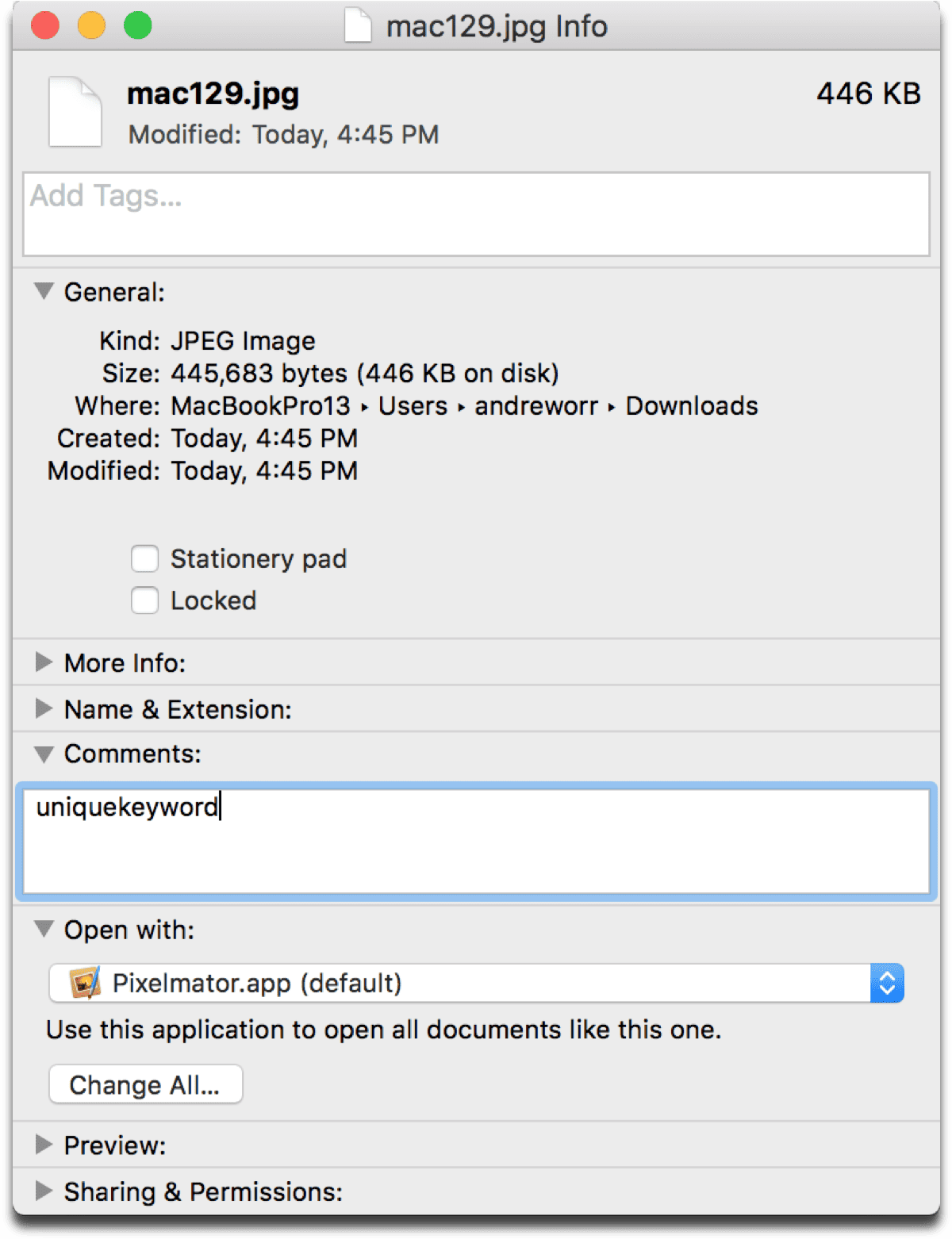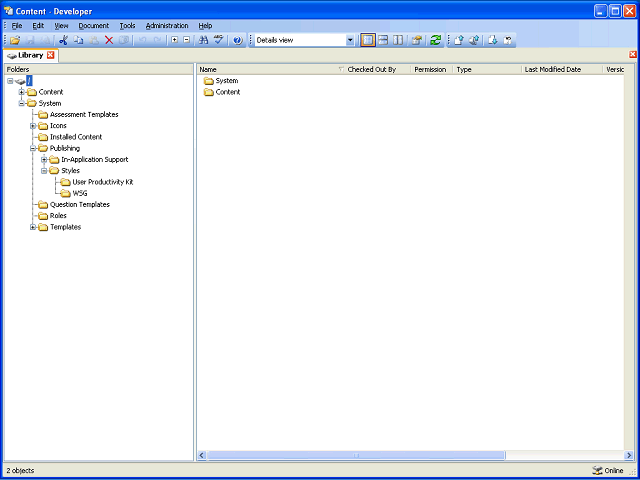

In other words, a standard user could potentially lock an item that To another user’s locked file in the graphical interface. Even administrative users are prevented from making changes Locking an item will render itĬompletely unchangeable to all users except the item’s owner. Users can choose to lock a file or folder that they own from the Finder’s Get Info window. Mac OS X includes a special file and folder attribute that trumps all write privileges and even administrative user access. To do so, click the gear button at the bottom of the Get Info window to reveal the Action pop-up menu, and then choose the Is useful for testing different permissions configurations, as you can always revert to the original permissions setting. When you are done making ownership or permissions changes,Īs long as you keep the Get Info window open, the Finder will remember the original permissions setting for the item. Changes made using the Get Info window are applied immediately.The owner of the item to unlock the Sharing & Permissions section. Click the small lock icon in the bottom-right corner of the Get Info window and authenticate as an administrative user or.Once you have opened a Get Info window, click the Sharing & Permissions disclosure triangle to reveal the item’s permissions.In the Finder, select the file or folder for which you wish to change the permissions, and then open the Get Info window.However, for the mostĬommon permissions settings, the Finder’s simplified permissions interface is still the quickest and easiest solution. Then you’re best served by managing permissions via the command line as covered later in this chapter. You’re more comfortable with traditional UNIX-style permissions, or you simply require full access to an item’s permissions, Words, the Finder hides the complexity of permissions by intentionally misrepresenting the full permissions of an item. You may find that while the Finder makes permissions management simple, it does so through a form of obfuscation. As covered previously in this chapter, the Finder uses the ACL architecture so you can configure unique privilegesįor an unlimited number of users or groups. The redesign was necessary to incorporate supportįor ACLs. This included a new interfaceįor managing ownership and permissions from the Finder’s Get Info window. Learn More Buy Managing Permissions via FinderĪ significantly redesigned Finder was one of the major new features in the previous Mac OS X v10.5.

Apple Training Series: Mac OS X Support Essentials v10.6: A Guide to Supporting and Troubleshooting Mac OS X v10.6 Snow Leopard


 0 kommentar(er)
0 kommentar(er)
